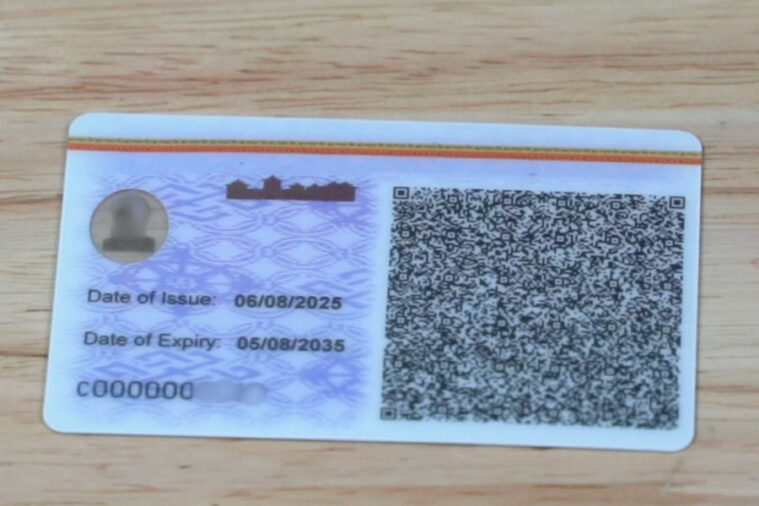 Until today, Bhutan’s Citizenship Identity Card, or CID, has been in its third generation. Starting today, the Department of Civil Registration and Census has rolled out the fourth-generation CID card. One of the key features is a high-density Biocrypto QR code powered by Bhutan NDI. This adds an extra layer of security, making it impossible for anyone to impersonate the cardholder.
Until today, Bhutan’s Citizenship Identity Card, or CID, has been in its third generation. Starting today, the Department of Civil Registration and Census has rolled out the fourth-generation CID card. One of the key features is a high-density Biocrypto QR code powered by Bhutan NDI. This adds an extra layer of security, making it impossible for anyone to impersonate the cardholder.
The new CID card will look like this. The QR code is on the back of the card.

The high-definition QR code enables users to access online services through the NDI platform. As part of Bhutan’s digital transformation, the department has aligned the new CID with the National Digital Identity or NDI platform, developed in collaboration with Bhutan NDI and GovTech Agency.
Moreover, it is a step closer to enhancing access to social services through NDI without smartphones.
“We have another app coming up, which will verify. So, using this offline verification, the QR code that has been printed on the citizenship card, the rural area people can avail themselves of the digital services by scanning the QR code at the gewog level. So, in that way, they can provide services,” said Tshendu Gyeltshen, Analyst, Bhutan NDI.
Officials said it is a secure bridge between the physical and digital world. The QR codes on the cards are digitally signed and are tamper-proof, meaning that no one else can use your CID card.
“This is not just an ordinary QR code; it is first and foremost digitally signed and cryptographically encrypted. Therefore, it is very hard to recreate and it is safe from forgery, and if you use any ordinary QR code reader, then you will only see plain text, but when it is used with Bhutan NDI’s verifier app, then it gives you the power to authenticate the identity of a user online. So, that is the level of security that we are bringing into the new CID card,” said Tshewang Chojay, Lead, NDI Initiative, GovTech Agency.
The home minister gets his new card as part of the event.
Meanwhile, the old cards are still valid.
“As long as the card remains valid, we will not issue the new card. As a result, we want to make the earnest request to the general public that you need not rush to process the new full generation. Otherwise, it will be quite difficult for the department. So, whenever the card’s validity ends, then people can come and take the new fourth-generation CID card,” said Pema Letho, Chief, Department of Civil Registration and Census, Ministry of Home Affairs.
The third-generation CID cards were introduced in 2013 and are valid for ten years. However, the printers used for the 3G cards have now reached the end of their lifespan. The department has imported new machines from Malaysia to print the upgraded 4G cards.
With the rollout of 4G CID cards, accessing services could soon become secure, smarter and faster.
Devika Pradhan
Edited by Tandin Phuntsho









